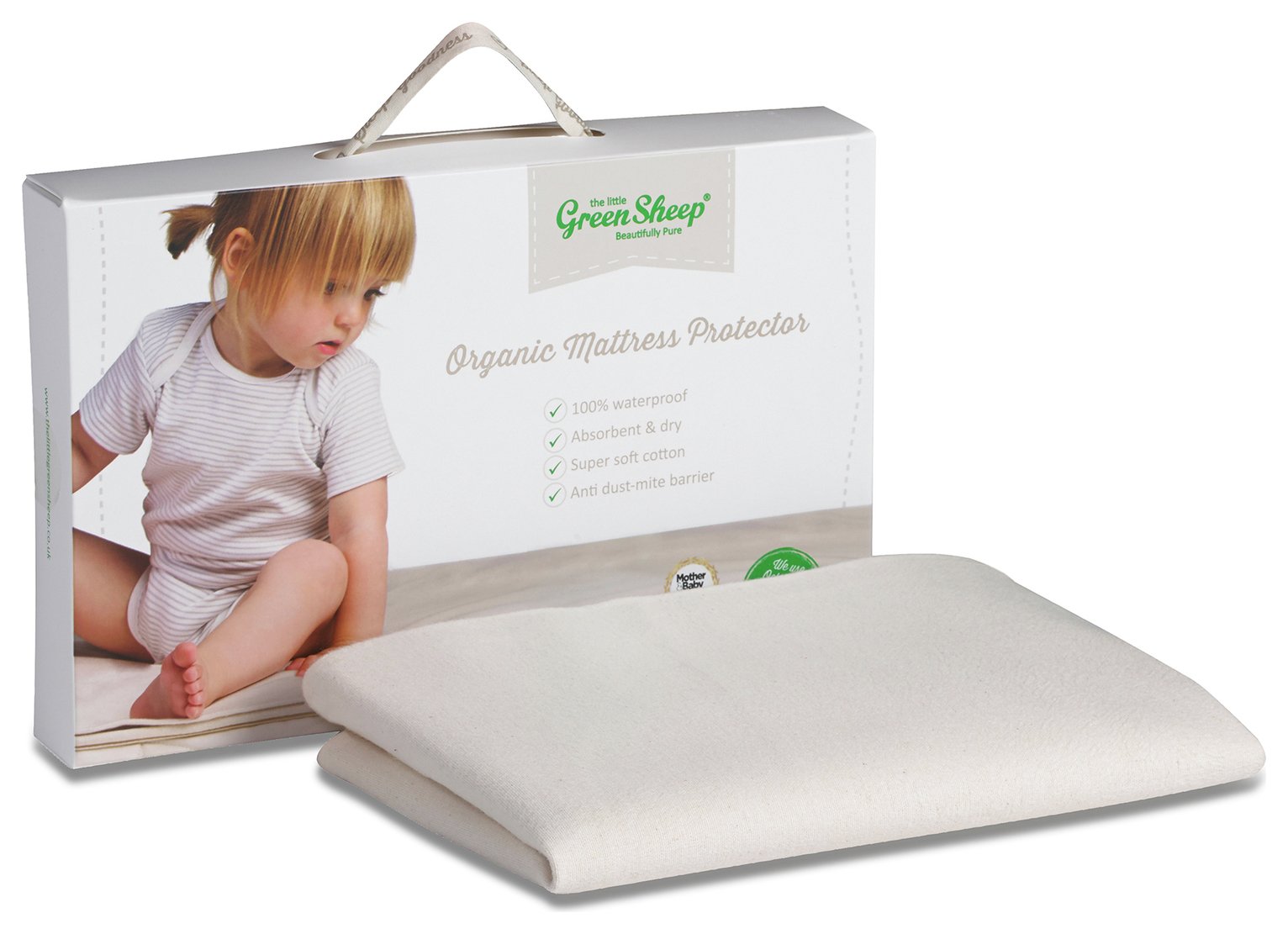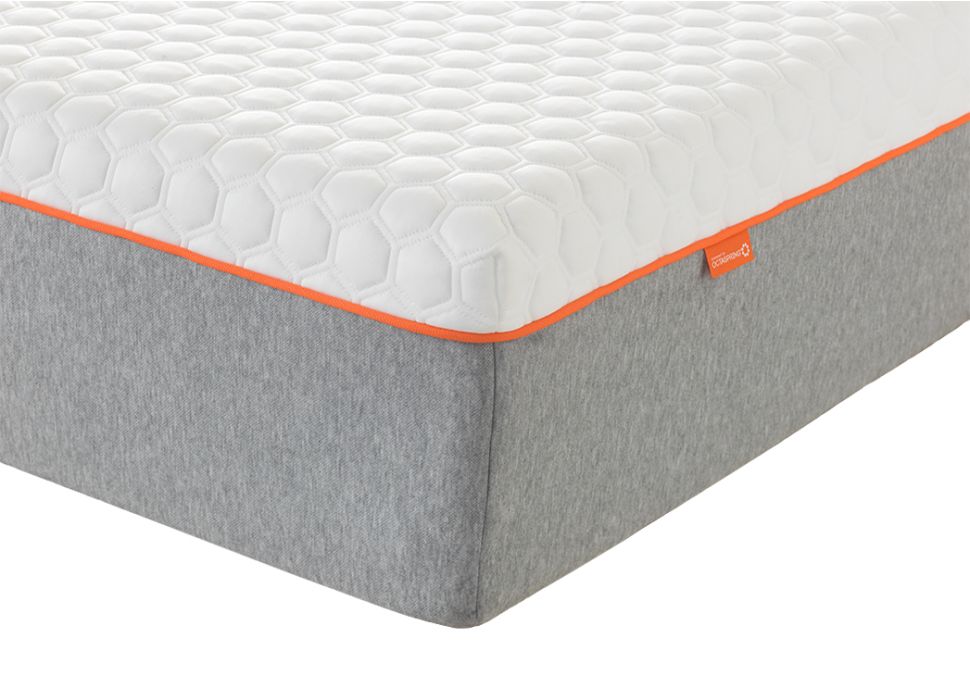How to Unclog a Kitchen Sink
Dealing with a clogged kitchen sink can be a frustrating and messy experience. Whether it's a buildup of food scraps, grease, or foreign objects, a clogged sink can disrupt your daily routine and leave you with a sink full of dirty water. But fear not, unclogging a kitchen sink is not as difficult as it may seem. In this article, we will discuss the top 10 ways to effectively unclog a kitchen sink and get your sink back to working order.
DIY Kitchen Sink Clog Removal
Before calling a plumber, it's worth trying some DIY methods to unclog your kitchen sink. One simple and effective method is using a mixture of baking soda and vinegar. Start by pouring half a cup of baking soda down the drain, followed by half a cup of vinegar. Let it sit for 15-20 minutes, then pour hot water down the drain to flush out the mixture and any clogs. This method can help break down any buildup and clear out minor clogs.
Unclogging a Kitchen Sink with Baking Soda and Vinegar
If your sink is still clogged after using the baking soda and vinegar method, you can try a stronger mixture using baking soda, vinegar, and salt. Mix equal parts of baking soda and salt, then pour it down the drain. Follow it with the half cup of vinegar and let it sit for 15 minutes. Finish by flushing hot water down the drain. This combination can help break down tougher clogs and clear out any remaining debris.
Using a Plunger to Unclog a Kitchen Sink
Another common and effective method for clearing a clogged kitchen sink is using a plunger. Start by filling the sink with enough water to cover the rubber part of the plunger. Place the plunger over the drain and push down and up repeatedly, creating a suction to dislodge the clog. This method may take a few tries, but it can be very effective in clearing out stubborn clogs.
Clearing a Kitchen Sink Drain with a Snake
If the plunger method doesn't work, you can try using a plumbing snake to clear the clog. A plumbing snake is a long, flexible tool with a coil at the end that can be inserted into the drain to break up and remove clogs. Simply insert the snake into the drain and twist and push until you feel the clog break up. Then, pull out the snake and flush the drain with hot water.
Natural Ways to Unclog a Kitchen Sink
If you prefer to use natural methods, there are a few household items that can help unclog a kitchen sink. One option is using boiling water. Boil a pot of water and carefully pour it down the drain in stages, allowing it to work on the clog for a few seconds before adding more water. Another natural option is using lemon juice and salt. Mix equal parts of lemon juice and salt, pour it down the drain, and let it sit for 15 minutes before flushing with hot water.
Preventing Kitchen Sink Clogs
Prevention is always better than dealing with a clogged kitchen sink. To avoid future clogs, make sure to properly dispose of food scraps and avoid pouring grease or oil down the drain. You can also install a drain guard to catch any larger debris before it goes down the drain. Regularly cleaning your sink and drain can also help prevent buildup and clogs.
Professional Kitchen Sink Unclogging Services
If all else fails, it may be time to call a professional plumber. They have the tools and expertise to effectively unclog your kitchen sink and get your plumbing system back in working order. They may also be able to identify any underlying issues that could be causing recurring clogs.
Common Causes of Kitchen Sink Clogs
Understanding the common causes of kitchen sink clogs can help you prevent them in the future. Some common culprits include food scraps, grease and oil buildup, foreign objects like utensils or toys, and tree roots infiltrating the pipes. Being mindful of what goes down your drain can help prevent these issues.
How to Maintain a Clear Kitchen Sink Drain
To keep your kitchen sink drain clear and avoid future clogs, there are a few simple steps you can follow. Firstly, make sure to regularly clean your sink and drain by flushing it with hot water and a mild detergent. You can also use a mixture of baking soda and vinegar once a month as a preventative measure. Avoid pouring grease, oil, or large food scraps down the drain, and regularly use a drain guard to catch any debris.
In conclusion, a clogged kitchen sink can be a hassle, but with these top 10 tips, you can effectively unclog your sink and prevent future clogs. Whether you prefer DIY methods or calling in a professional, there are plenty of options to get your kitchen sink back to working order. Just remember to be mindful of what goes down your drain to avoid clogs in the future.
How to Effectively Unplug a Kitchen Sink
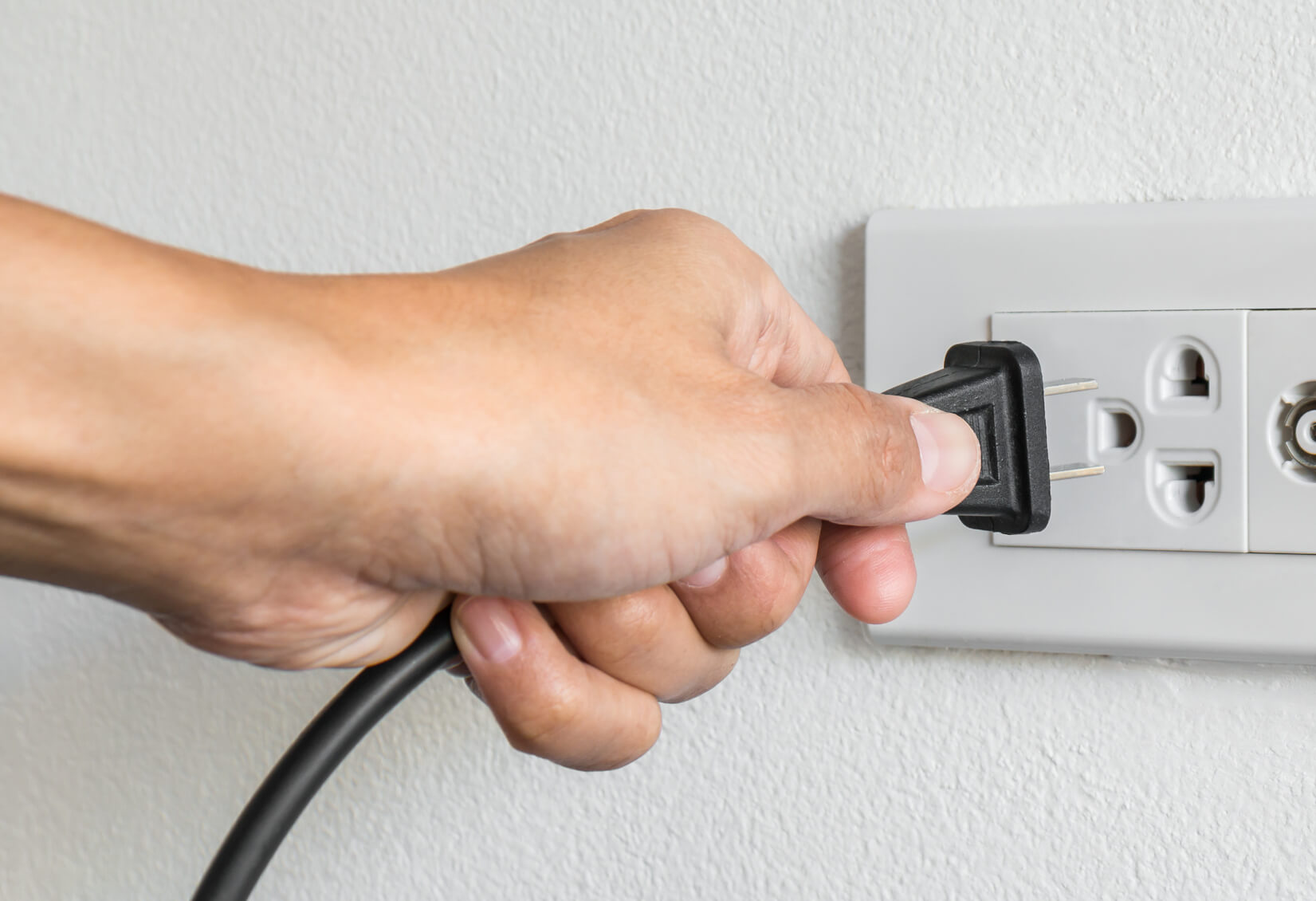
Why Unplugging a Kitchen Sink is Important
 A clogged kitchen sink can be a frustrating and time-consuming problem to deal with. It can disrupt your daily routine and make it difficult to complete basic tasks such as washing dishes or preparing meals. Ignoring a clogged sink can also lead to bigger issues, such as water damage and mold growth. That's why it's important to address the problem as soon as possible and learn how to effectively unplug a kitchen sink.
A clogged kitchen sink can be a frustrating and time-consuming problem to deal with. It can disrupt your daily routine and make it difficult to complete basic tasks such as washing dishes or preparing meals. Ignoring a clogged sink can also lead to bigger issues, such as water damage and mold growth. That's why it's important to address the problem as soon as possible and learn how to effectively unplug a kitchen sink.
The Causes of a Clogged Kitchen Sink
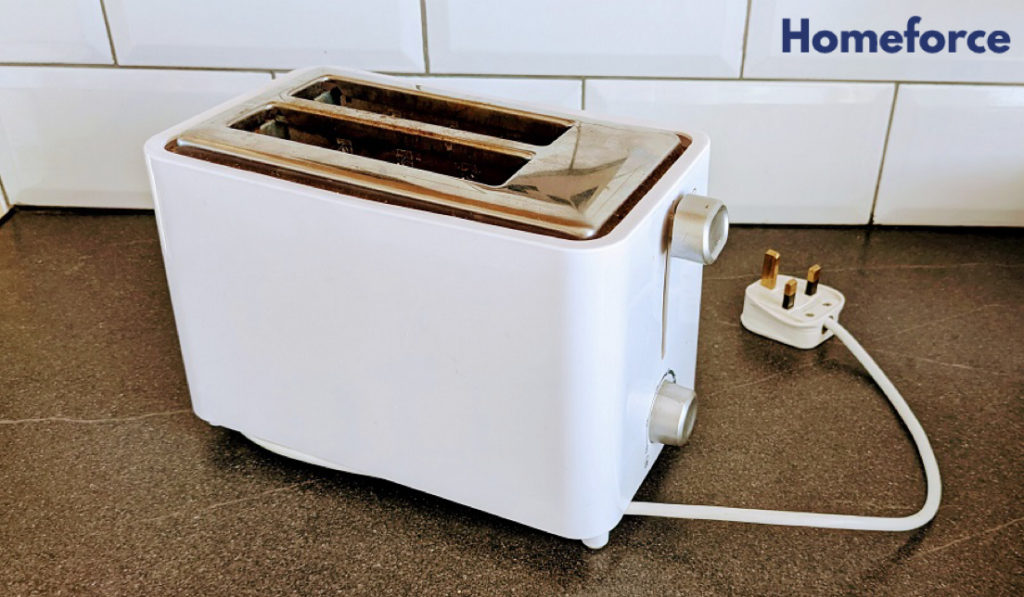 Before we dive into the steps of unplugging a sink, it's important to understand the common causes of a clog. The most common culprit is food particles and grease that get stuck in the pipes. Over time, these substances can build up and cause a blockage. Other common causes include small objects, such as utensils or hair, getting stuck in the drain. Knowing the cause of the clog can help you prevent it from happening in the future.
Before we dive into the steps of unplugging a sink, it's important to understand the common causes of a clog. The most common culprit is food particles and grease that get stuck in the pipes. Over time, these substances can build up and cause a blockage. Other common causes include small objects, such as utensils or hair, getting stuck in the drain. Knowing the cause of the clog can help you prevent it from happening in the future.
Step-by-Step Guide to Unplugging a Kitchen Sink
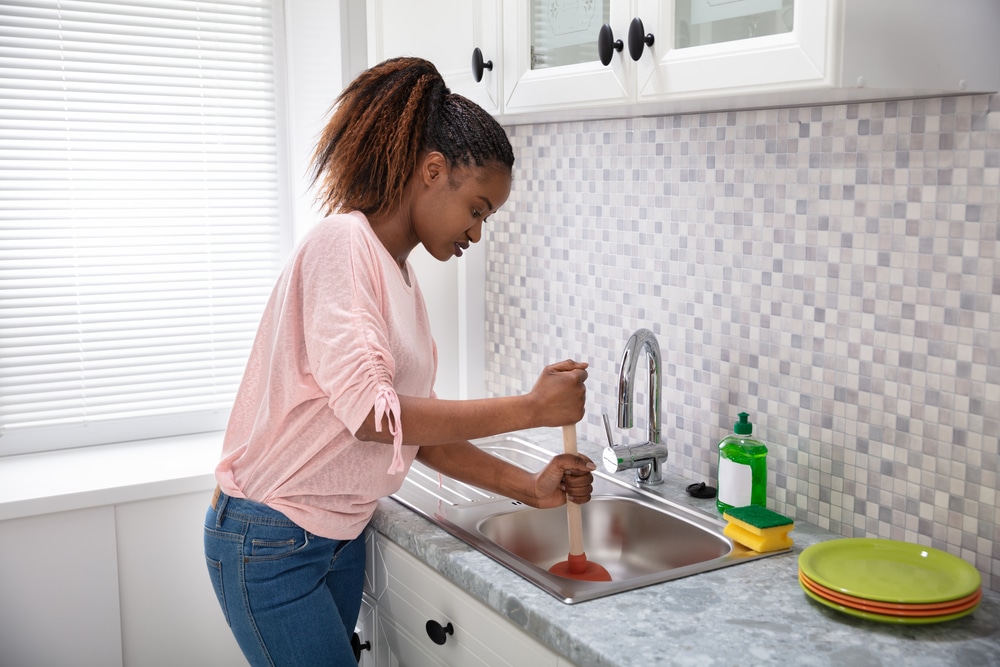 Step 1: Gather Your Supplies
Before you begin, make sure you have all the necessary supplies. This includes a plunger, a pair of rubber gloves, a bucket, and a plumbing snake. These tools will help you effectively clear the clog.
Step 2: Clear Out the Standing Water
If there is standing water in the sink, use a bucket to remove as much of it as possible. This will make it easier to work on the clog.
Step 3: Use a Plunger
Place the plunger over the drain and make sure it covers the entire opening. Push down firmly and pull up quickly, creating suction. Repeat this several times until the water begins to drain.
Step 4: Try a Plumbing Snake
If the plunger doesn't work, you can try using a plumbing snake. Insert the snake into the drain and turn it clockwise while gently pushing it down. This will help break up and remove any debris that is causing the clog.
Step 5: Use a Natural Cleaner
If the clog is still persistent, you can try using a natural cleaner, such as a mixture of baking soda and vinegar. Pour ½ cup of baking soda into the drain, followed by ½ cup of vinegar. Let it sit for 15-20 minutes, then pour hot water down the drain to flush out the clog.
Step 1: Gather Your Supplies
Before you begin, make sure you have all the necessary supplies. This includes a plunger, a pair of rubber gloves, a bucket, and a plumbing snake. These tools will help you effectively clear the clog.
Step 2: Clear Out the Standing Water
If there is standing water in the sink, use a bucket to remove as much of it as possible. This will make it easier to work on the clog.
Step 3: Use a Plunger
Place the plunger over the drain and make sure it covers the entire opening. Push down firmly and pull up quickly, creating suction. Repeat this several times until the water begins to drain.
Step 4: Try a Plumbing Snake
If the plunger doesn't work, you can try using a plumbing snake. Insert the snake into the drain and turn it clockwise while gently pushing it down. This will help break up and remove any debris that is causing the clog.
Step 5: Use a Natural Cleaner
If the clog is still persistent, you can try using a natural cleaner, such as a mixture of baking soda and vinegar. Pour ½ cup of baking soda into the drain, followed by ½ cup of vinegar. Let it sit for 15-20 minutes, then pour hot water down the drain to flush out the clog.
Preventing Future Clogs
 To avoid future clogs, make sure to properly dispose of food scraps and grease. Use a drain cover to catch any small objects before they go down the drain. You can also periodically pour boiling water down the drain to help break down any build-up.
In conclusion, unplugging a kitchen sink is a necessary skill for any homeowner. By following these steps and being proactive in preventing clogs, you can save yourself time and money in the long run. Don't let a clogged sink disrupt your daily routine – take care of it today and enjoy a smoothly running kitchen.
To avoid future clogs, make sure to properly dispose of food scraps and grease. Use a drain cover to catch any small objects before they go down the drain. You can also periodically pour boiling water down the drain to help break down any build-up.
In conclusion, unplugging a kitchen sink is a necessary skill for any homeowner. By following these steps and being proactive in preventing clogs, you can save yourself time and money in the long run. Don't let a clogged sink disrupt your daily routine – take care of it today and enjoy a smoothly running kitchen.
/plumber-unclogging-kitchen-sink-169270382-5797a9355f9b58461f27f024.jpg)


/how-to-unclog-a-kitchen-sink-2718799_sketch_FINAL-8c5caa805a69493ab22dfb537c72a1b7.png)

















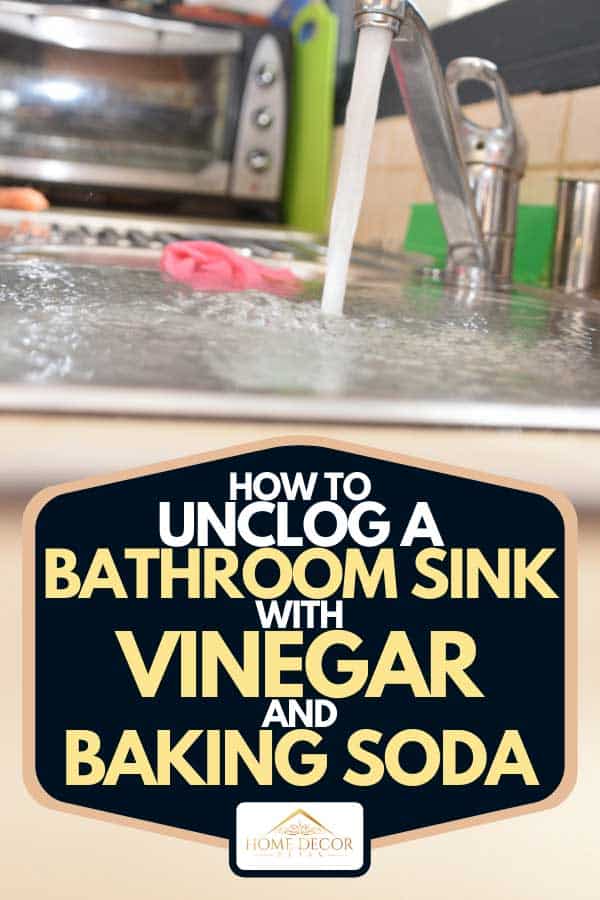





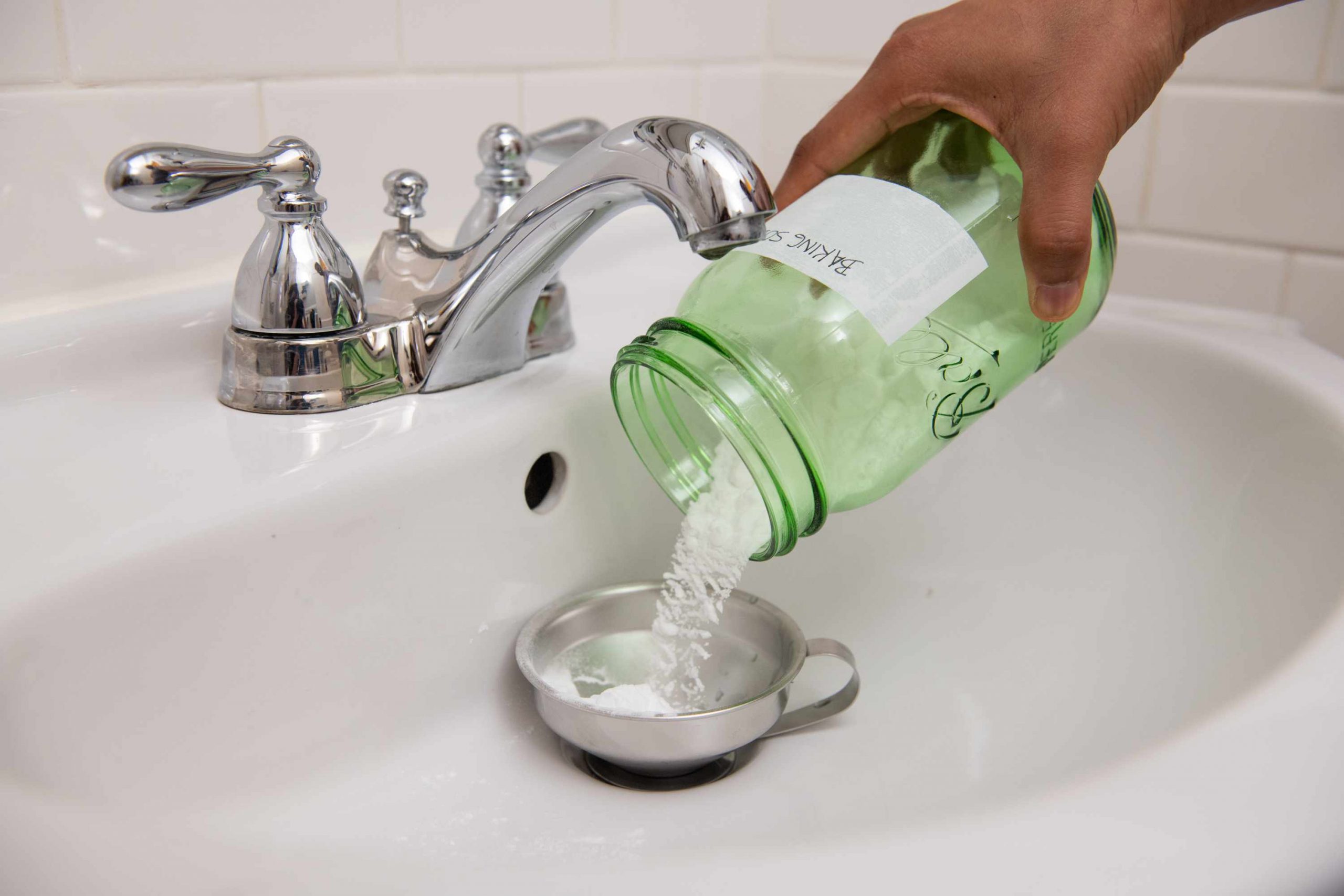
:max_bytes(150000):strip_icc()/freshen-and-unclog-drain-with-baking-soda-1900466-18-1a5b5da01939471ca8f8823865bd1ce8.jpg)

:max_bytes(150000):strip_icc()/freshen-and-unclog-drain-with-baking-soda-1900466-22-bbf940b70afa4d5abef0c54da23b1d3f.jpg)

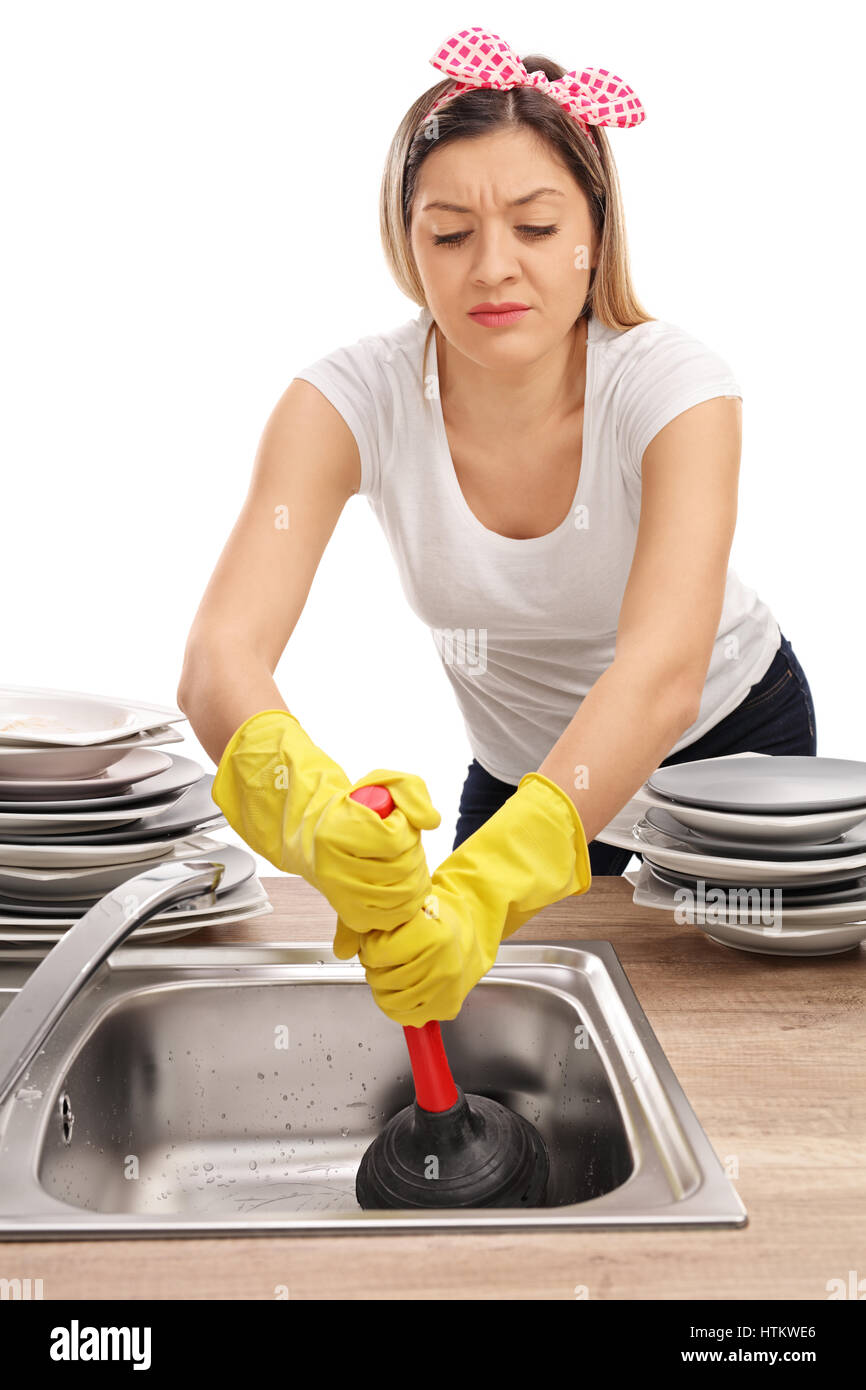


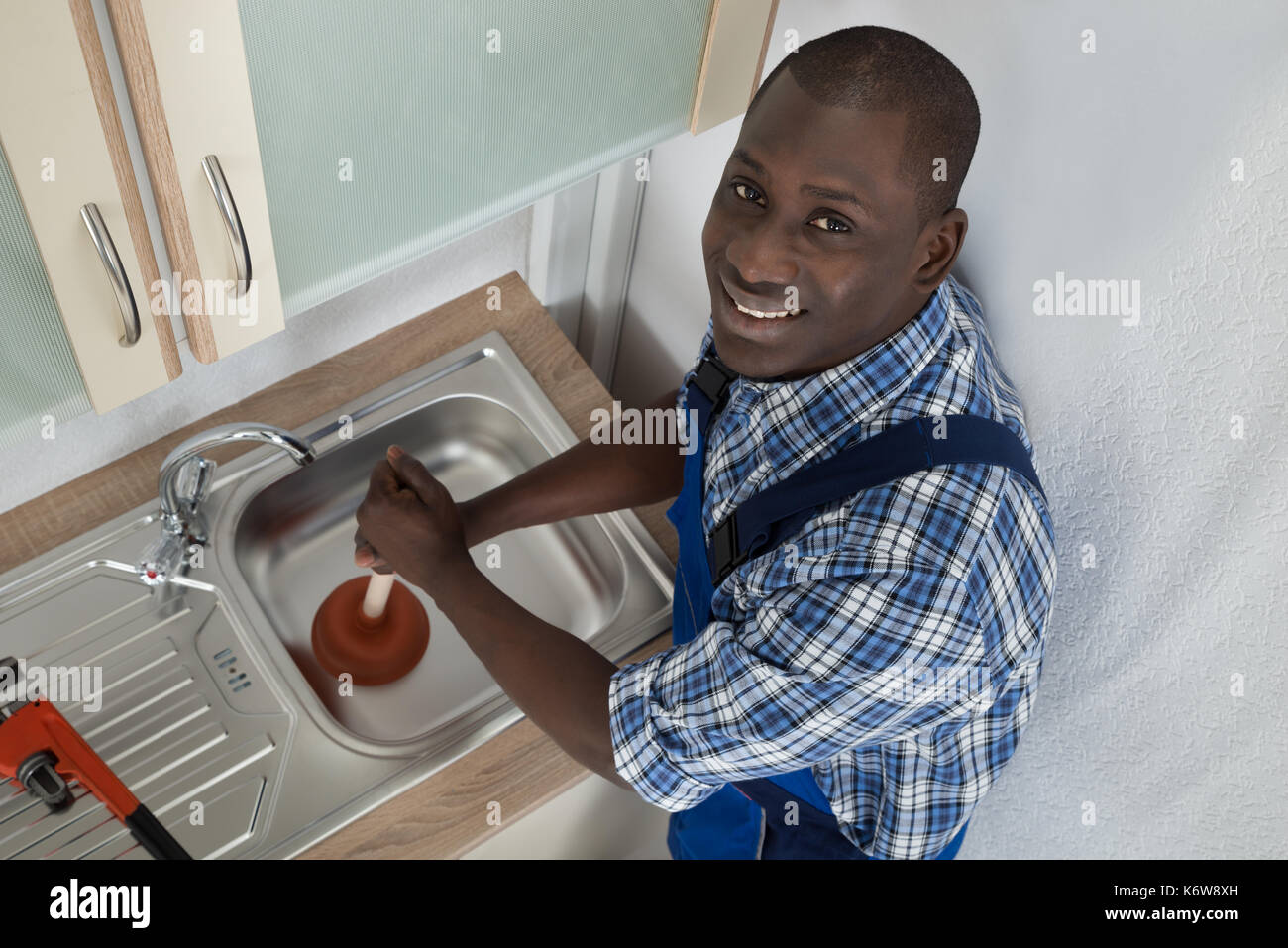
/woman-wearing-yellow-washing-up-gloves-to-unblock-sink-using-plunger-close-up-131987463-5887cfc03df78c2ccd92ec9e.jpg)










:max_bytes(150000):strip_icc()/freshen-and-unclog-drain-with-baking-soda-1900466-22-bbf940b70afa4d5abef0c54da23b1d3f.jpg)
:max_bytes(150000):strip_icc()/how-to-unclog-a-kitchen-sink-2718799_sketch_FINAL-8c5caa805a69493ab22dfb537c72a1b7.png)


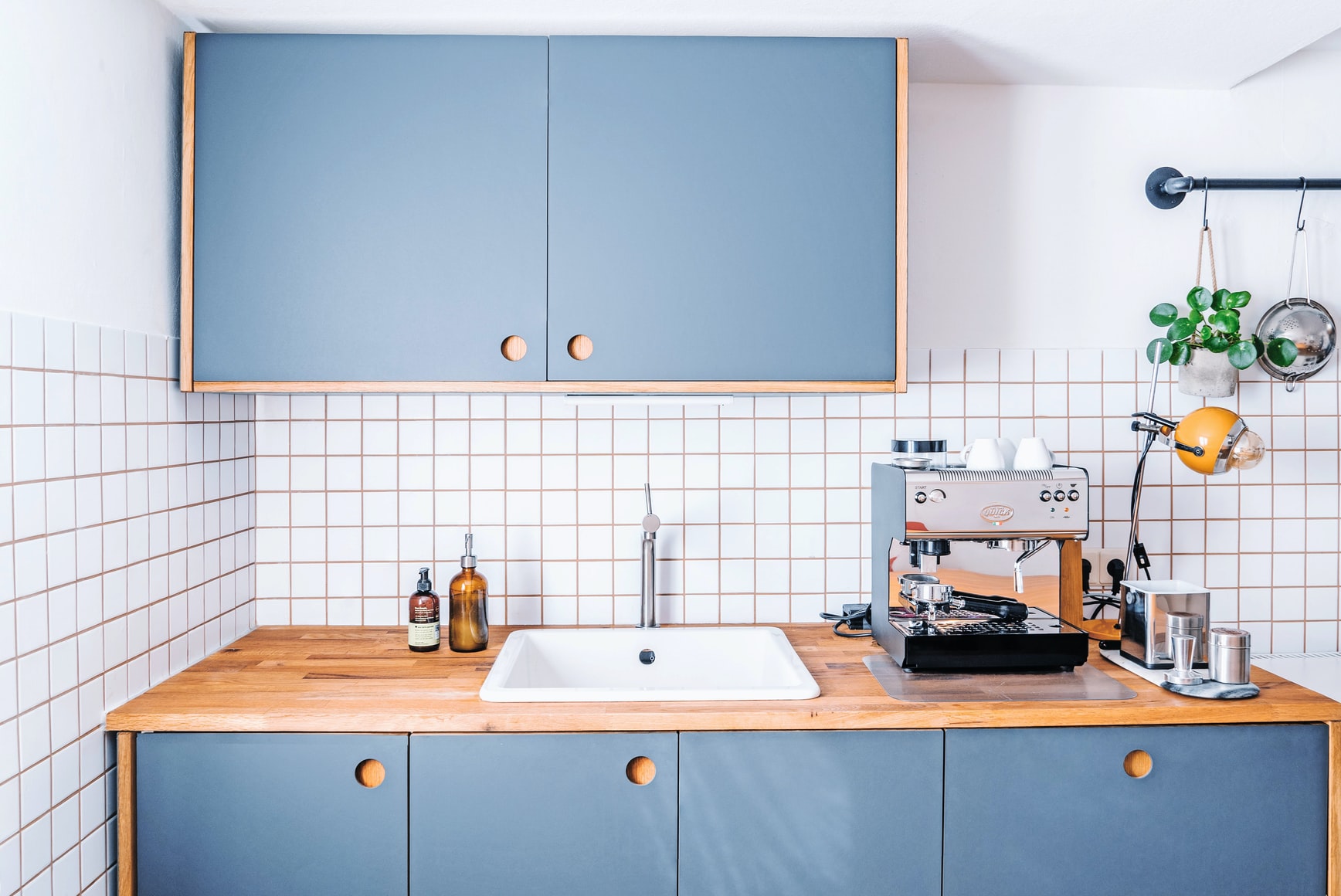






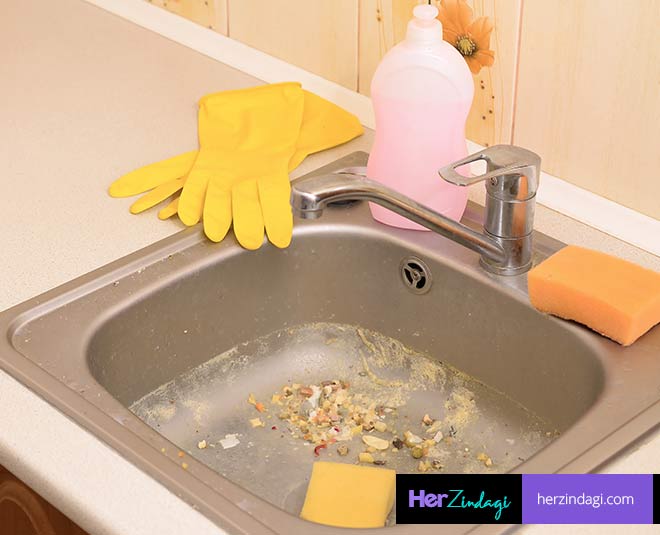
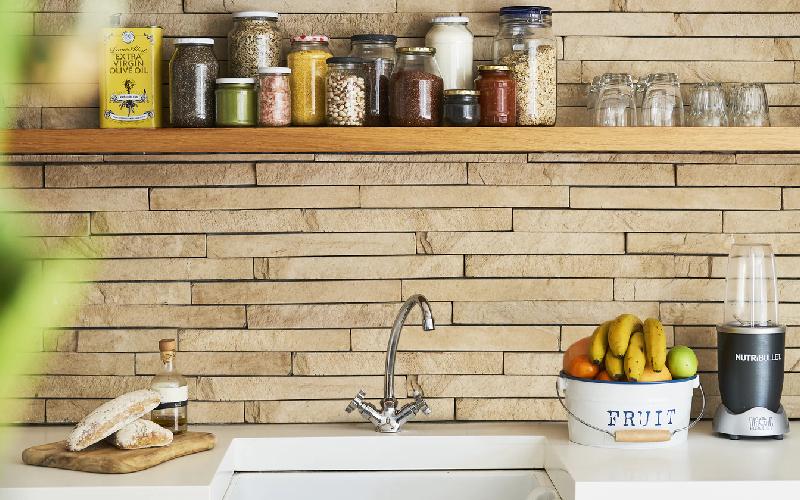
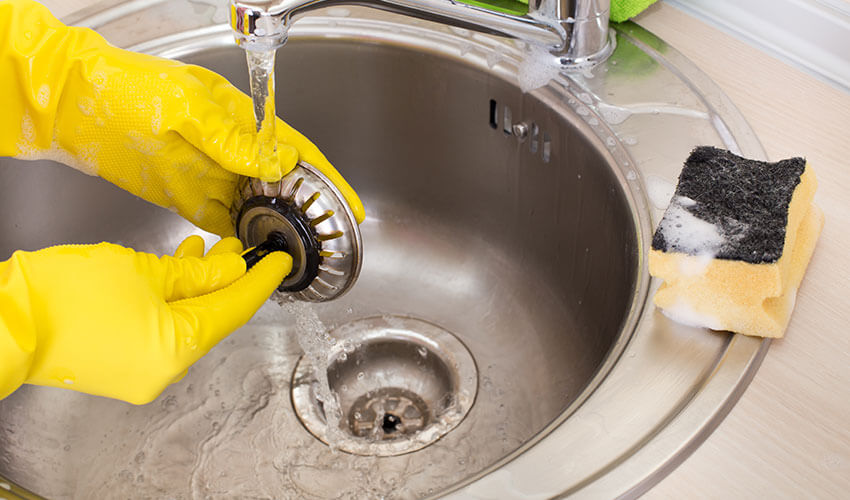

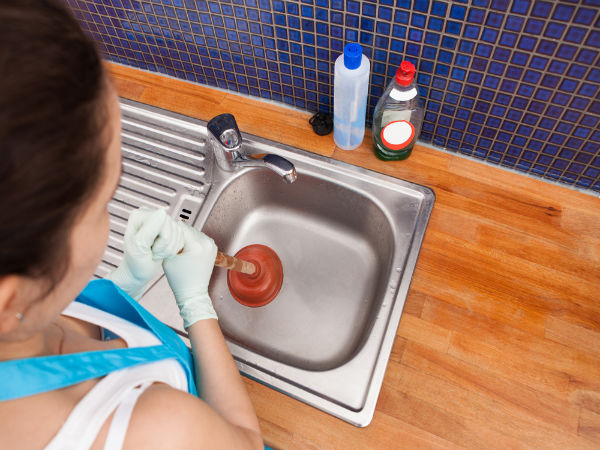

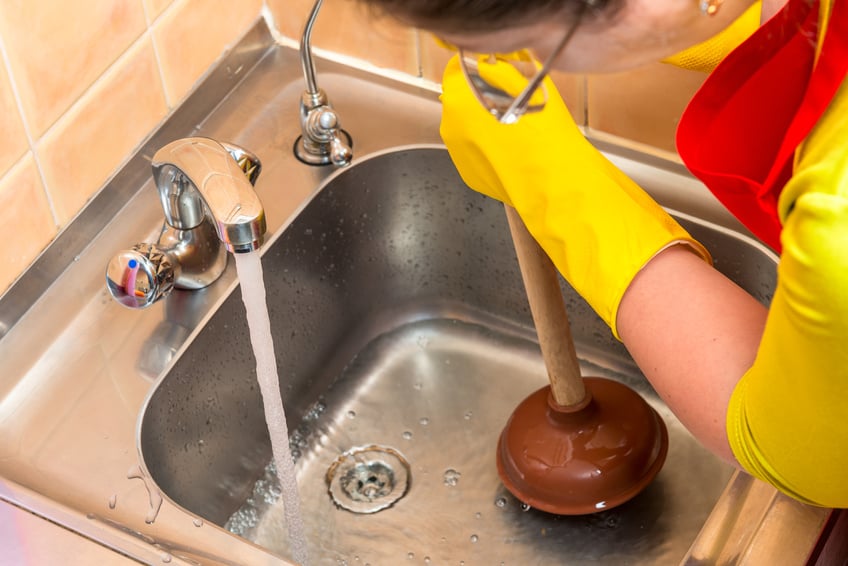
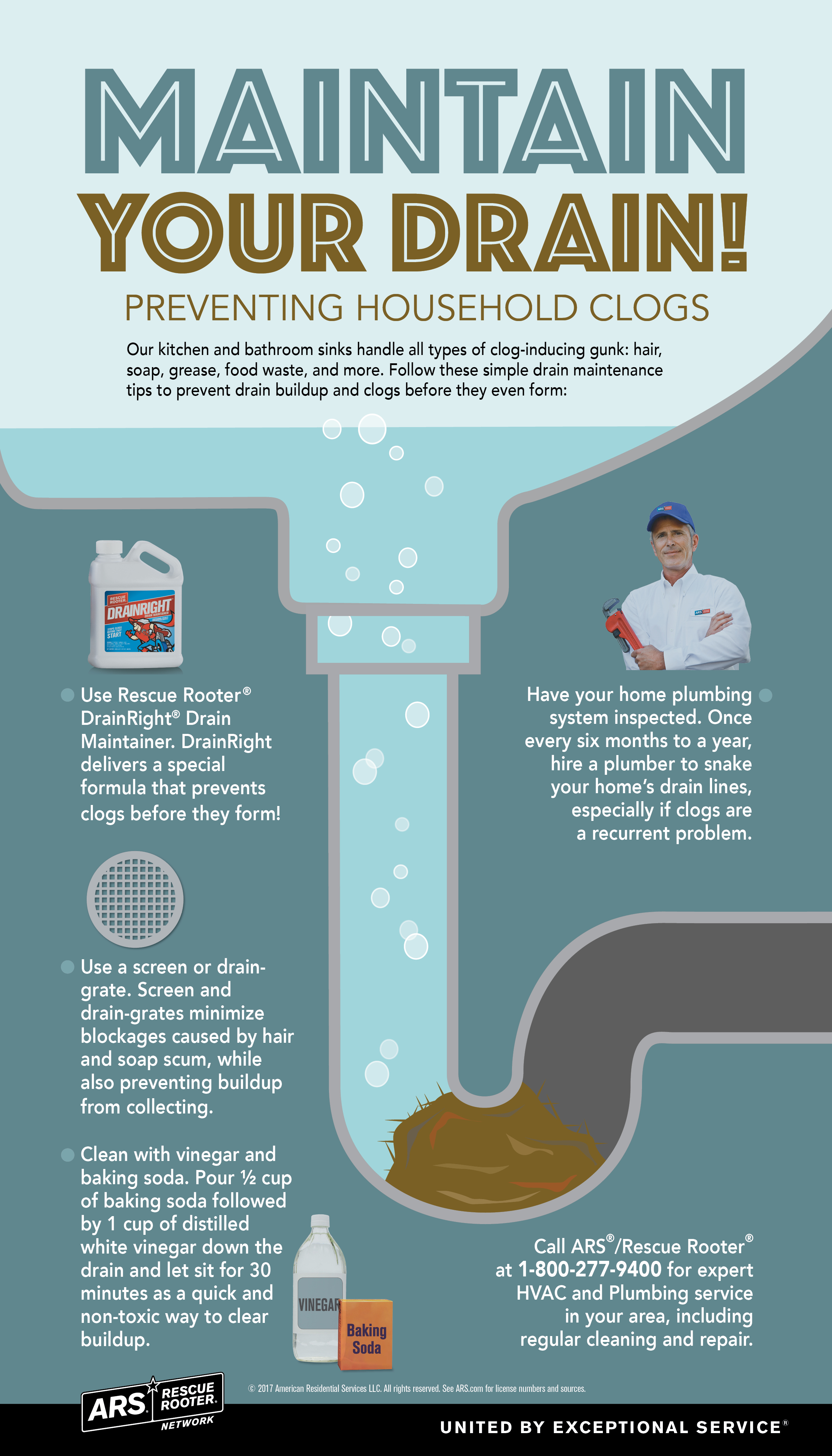



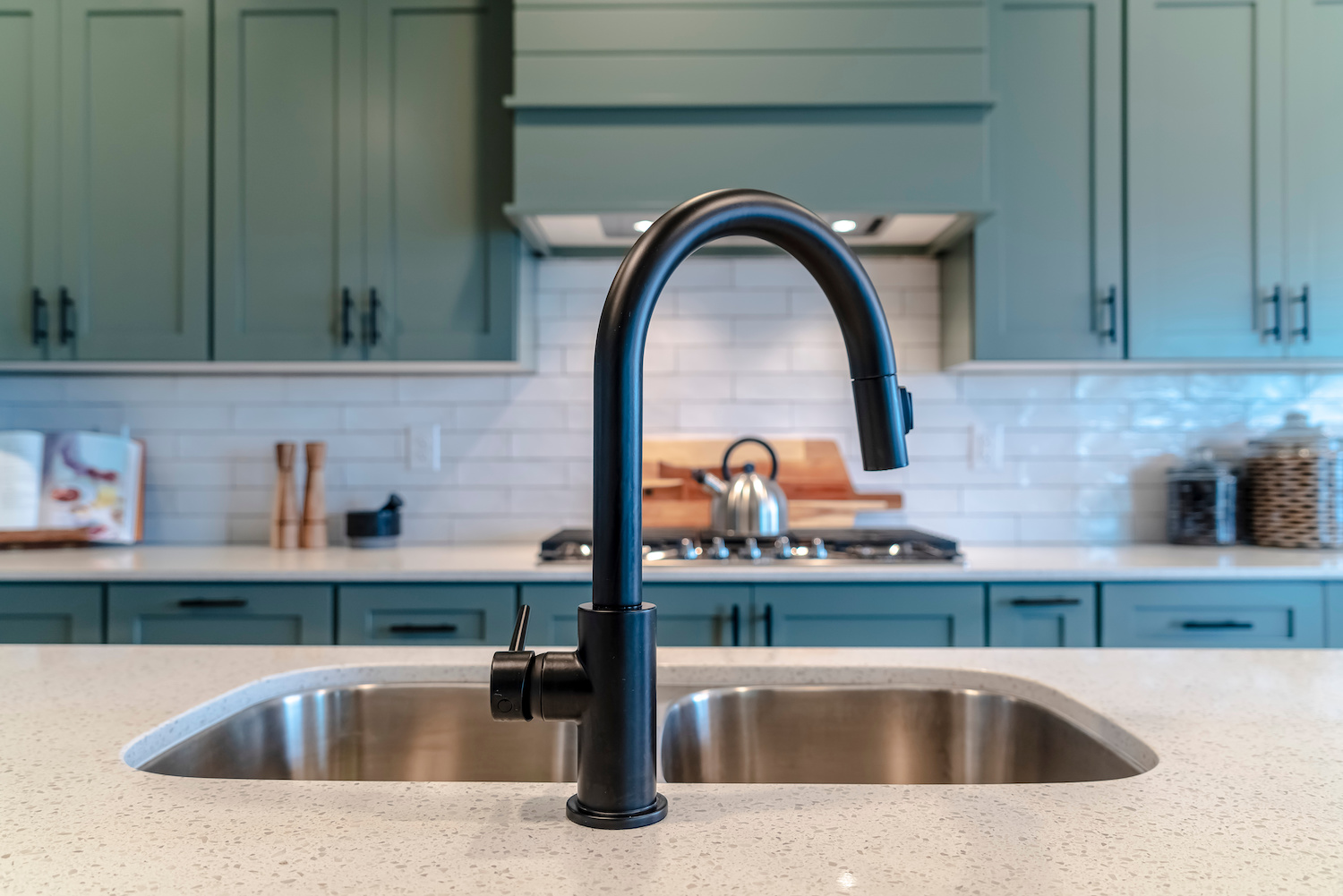









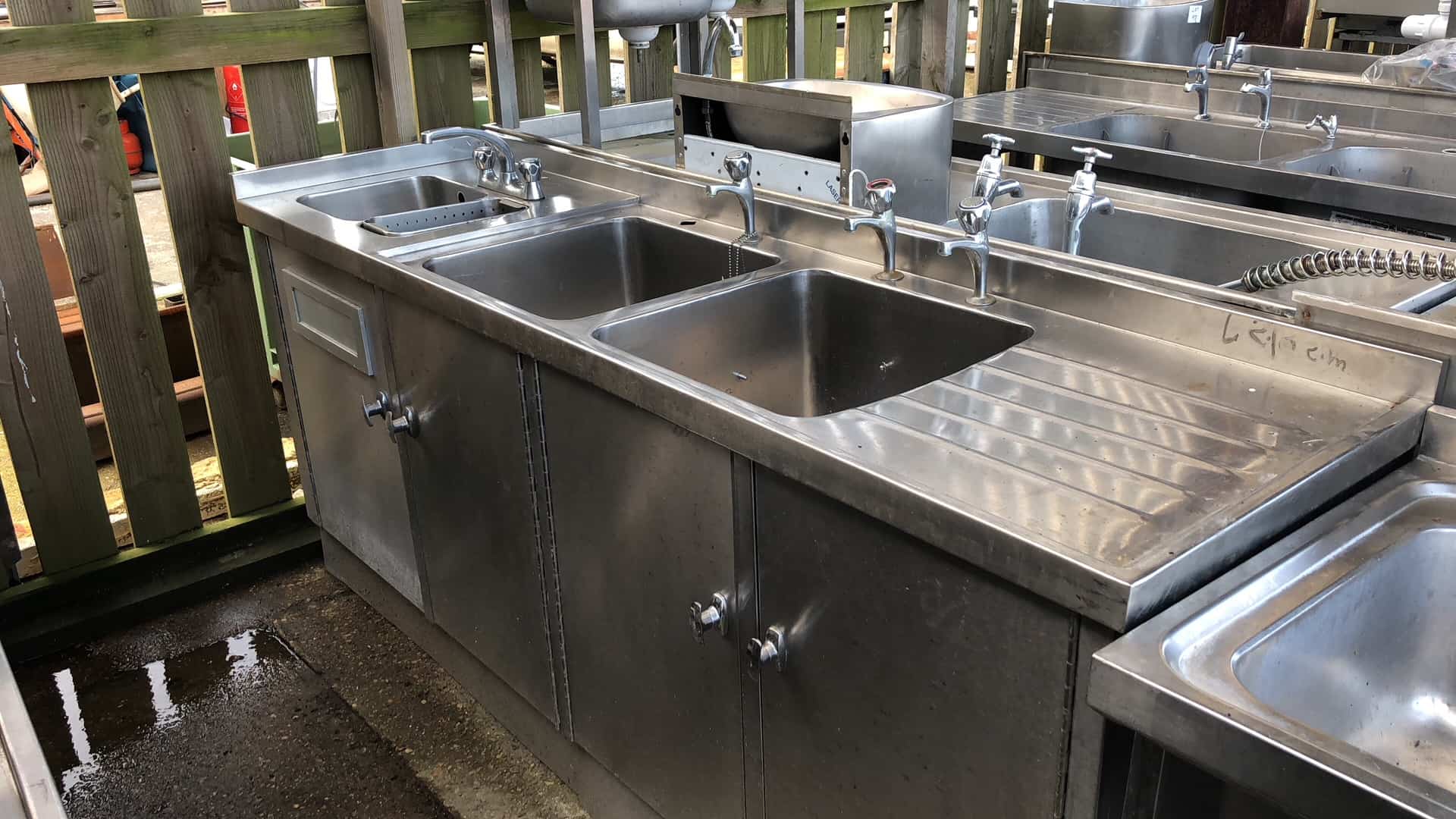

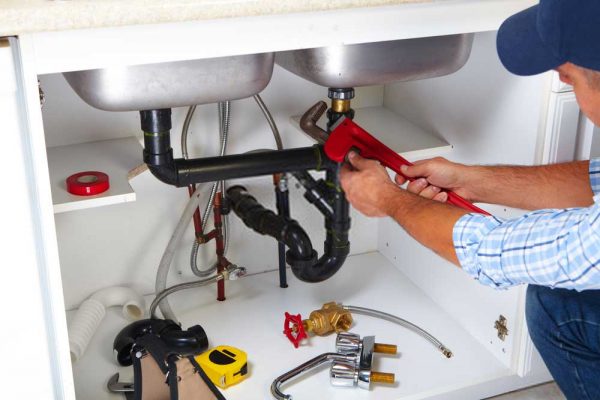



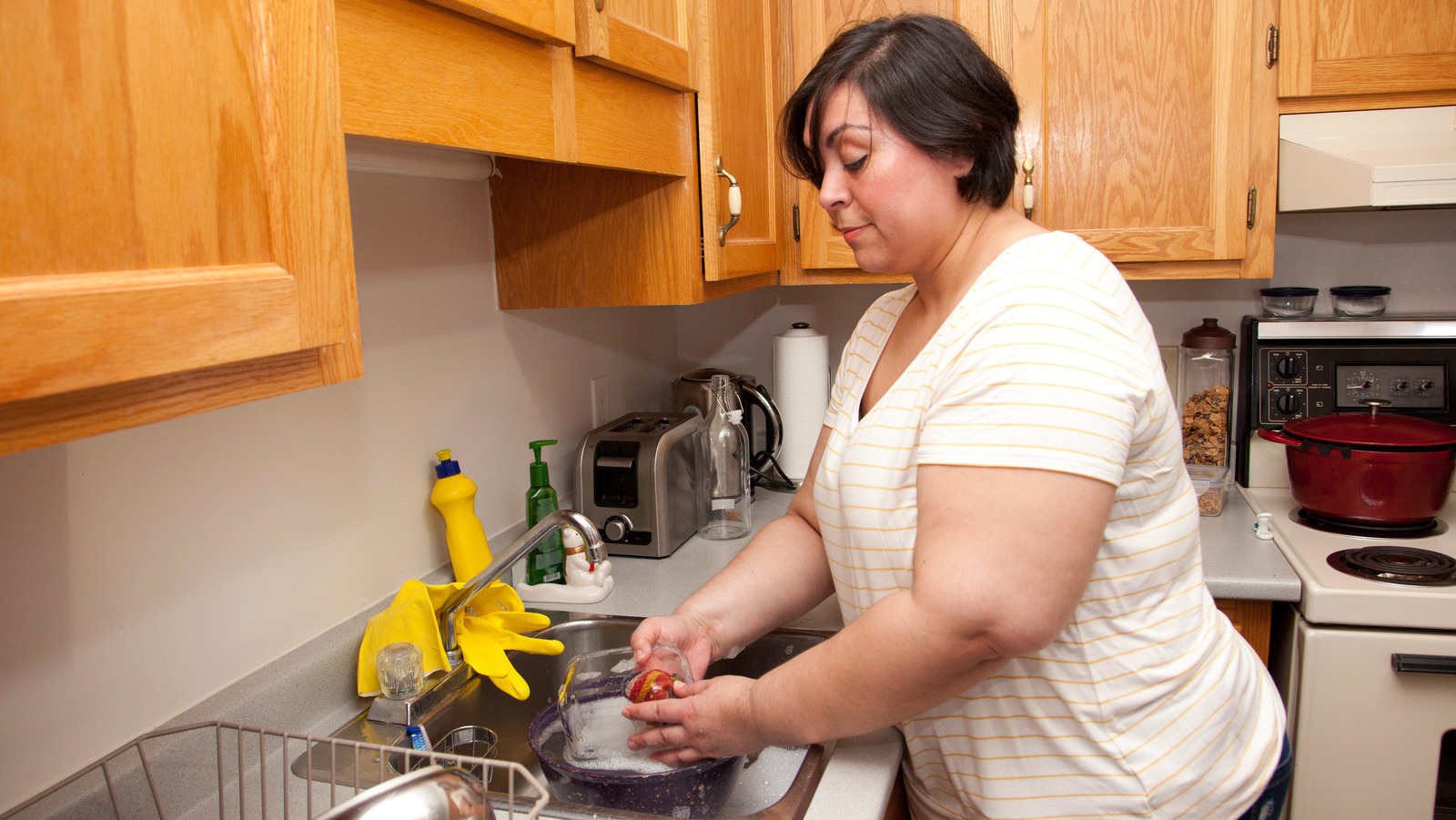




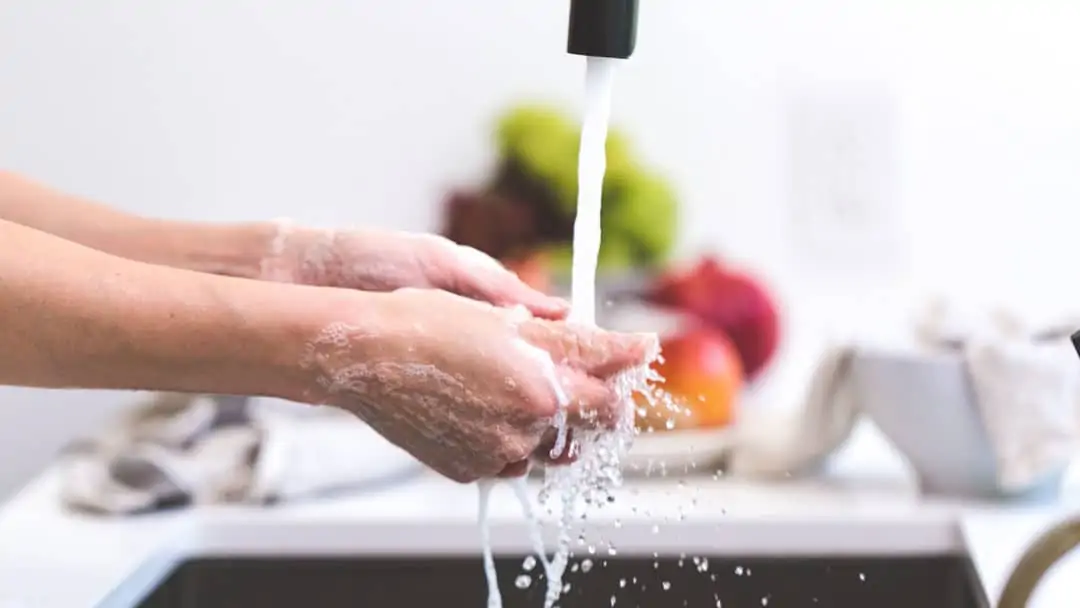


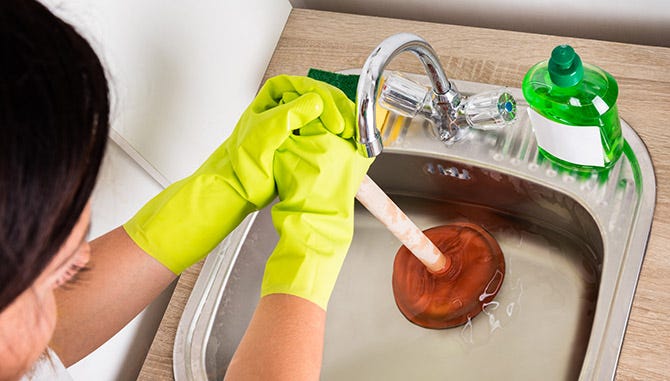
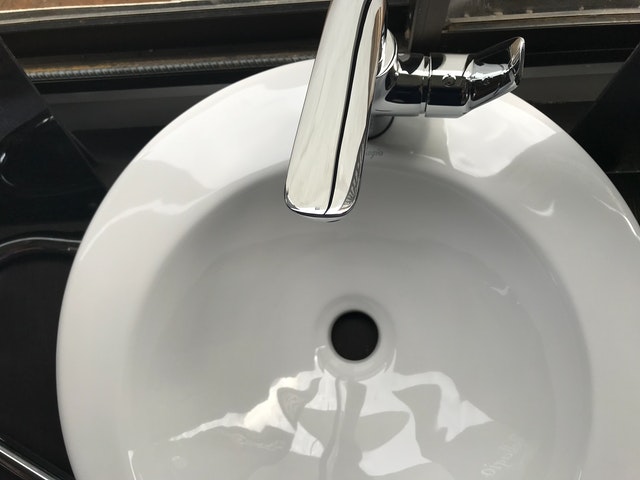




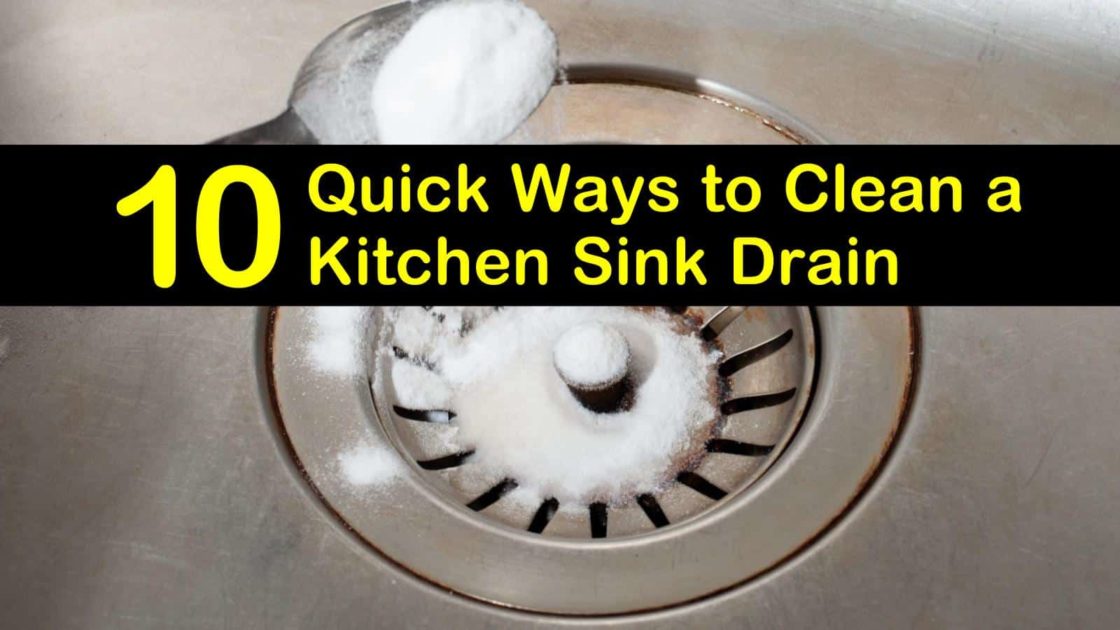
:max_bytes(150000):strip_icc()/how-to-install-a-sink-drain-2718789-hero-24e898006ed94c9593a2a268b57989a3.jpg)





